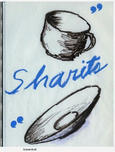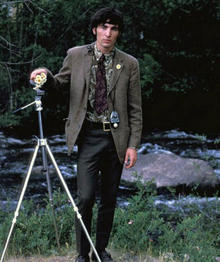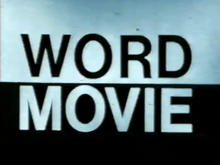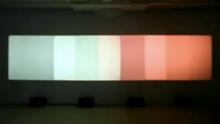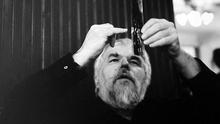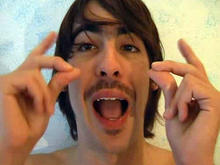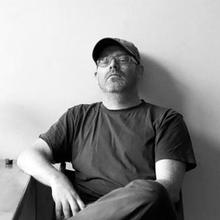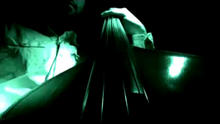T,O,U,C,H,I,N,G
(1968)is a 12-minute short film by Paul Sharits. A Flicker film with rapid, rhythmic montage and looped sound. Through the hypnotic repetition new contexts of meaning are constantly suggested in sound and image. An optic-erotic film attack.
Dedicated to and starring poet David Franks, whose voice also appears on the soundtrack. Pure colour and a few still images alternate in a wide variety of permutations. The spectator thus experiences the film as a constant and often aggressive flickering, which varies rhythmically and operates at the limits of perception. The coloured fields flatten the screen surface and light tends to be felt concretely in the cinema space itself, with the screen boundary pulsating and shifting with after-images.
Source: Tate Modern
"Pure colour and a few still images alternate in a wide variety of permutations. The spectator thus experiences the film as a constant and often aggressive flickering, which varies rhythmically and operates at the limits of perception (and possibly tolerance). The coloured fields flatten the screen surface and light tends to be felt concretely in the cinema space itself, with the screen boundary pulsating and shifting with after-images. Similarly, the looped sound is initially heard as destroy then, endlessly repeated, is transformed by the spectator's perception into other words... A fascinating exploration in montage, though at the level of the frame rather than the shot. But part of the film's continuing force lies beyond, though not unrelated to, these formalist components - in the contradictory emotions, experiences and ideas that it evokes. Apart from stasis and motion, the film brings into play opposing themes (both sub-conscious and conscious) of which George Bataille would not be ashamed... This is both extremely aggressive and, at the same time, in its use of colour, positively ecstatic." (Simon Field)
Source: EM Arts
